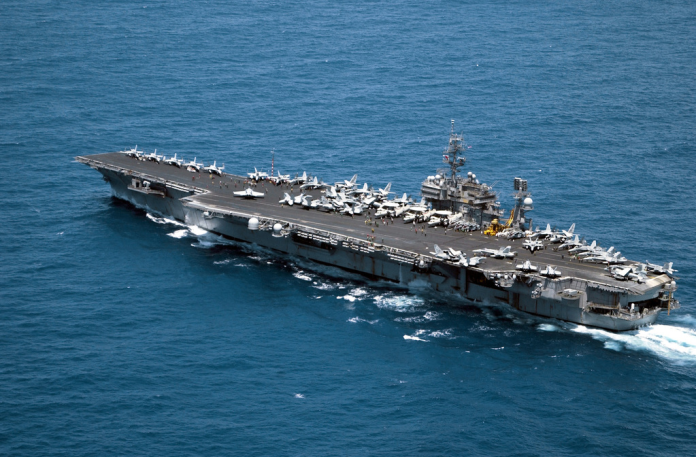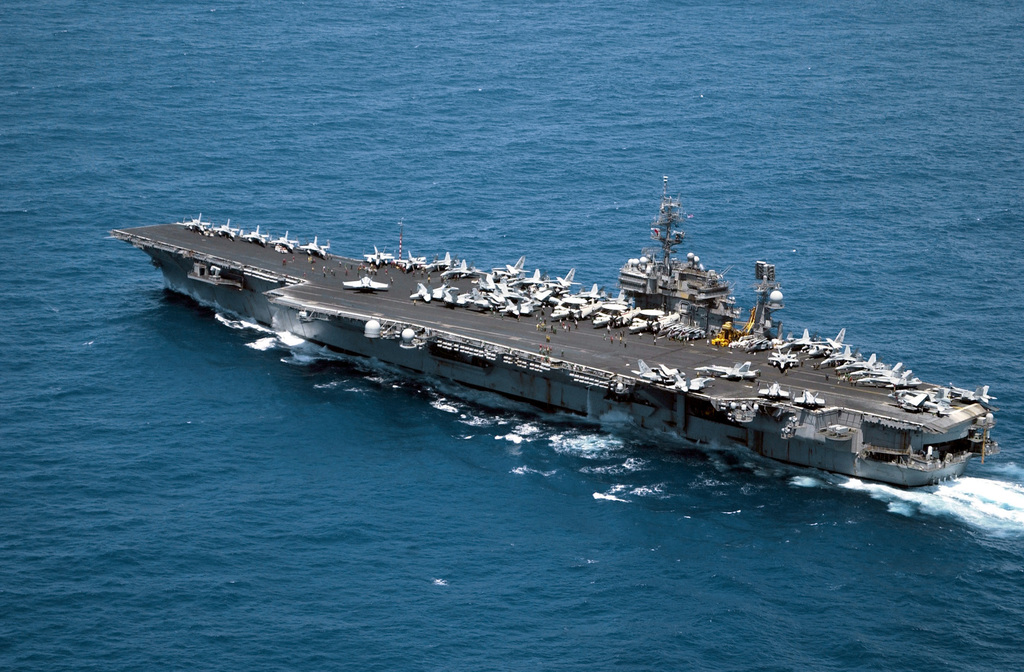
The retired Kitty Hawk-class aircraft carrier USS America was intentionally sunk after a series of intense live-fire tests that were mounted for the sake of acquiring vital information that would be beneficial for future naval ship designs. This selfless act, as scandalous as it seemed, helped to show the incredibly durable character of such carriers and how hard it is to sink them despite being intentionally done so.
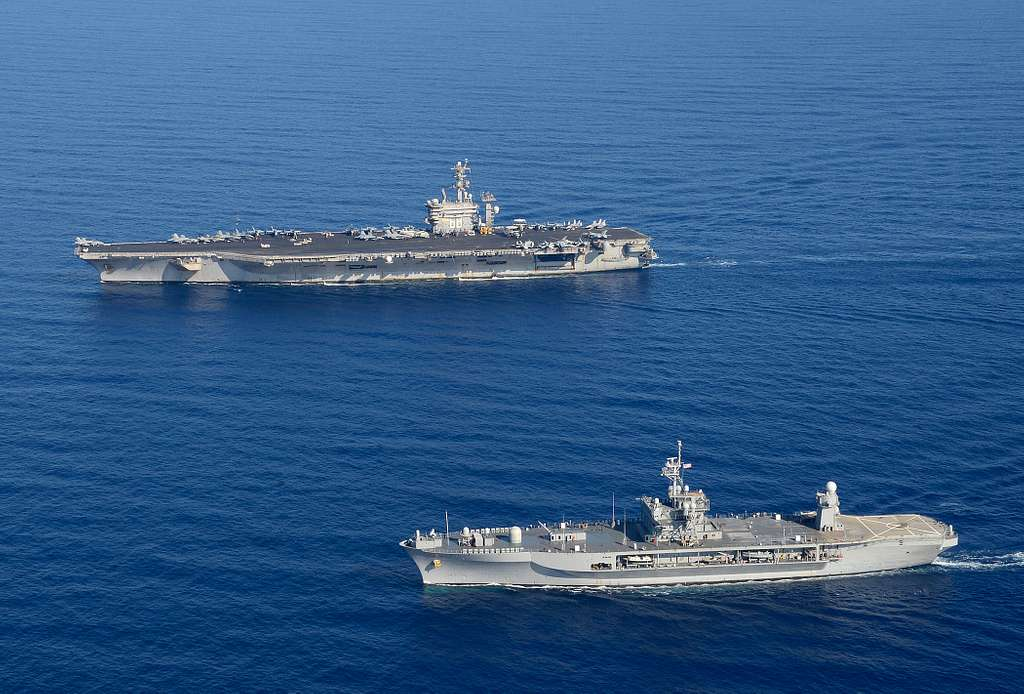
1. USS America’s Legacy: The Endurance Test That Redefined Carrier Design
May 14, 2005, was the day the legendary USS America had a unprecedented fate no longer in combat, but in a controlled test of might intended to set the direction of naval war. This decommissioned Kitty Hawk-class aircraft carrier, once billed as “America’s flagship,” was deliberately sunk after a series of stringent live-fire tests.
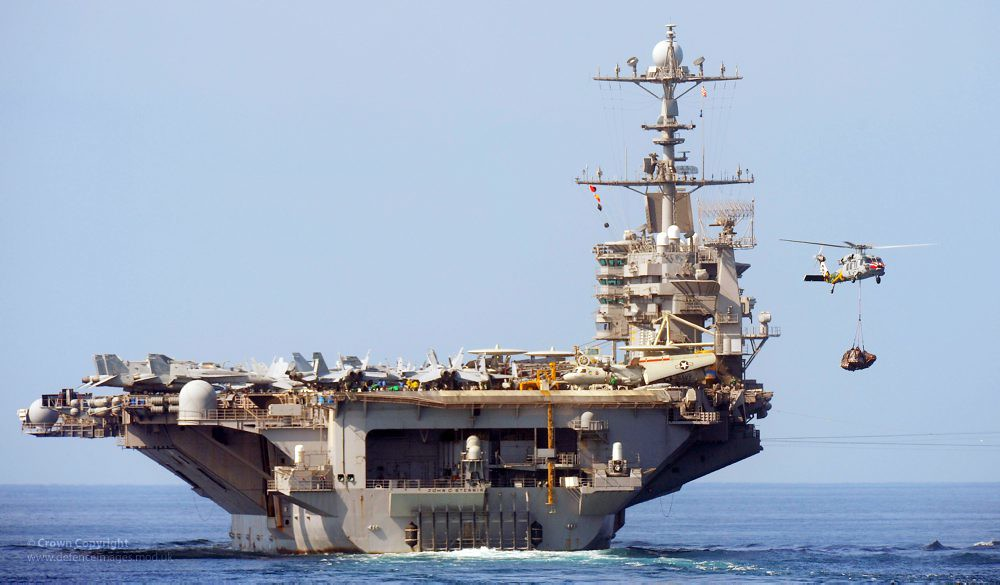
The goal was clear to obtain invaluable information that would lead the next generation of U.S. Navy supercarriers. Controversial, perhaps, but this sacrifice revealed the amazing resilience of America-class vessels and amplified just how difficult it is to sink such giants even when intent on doing so.
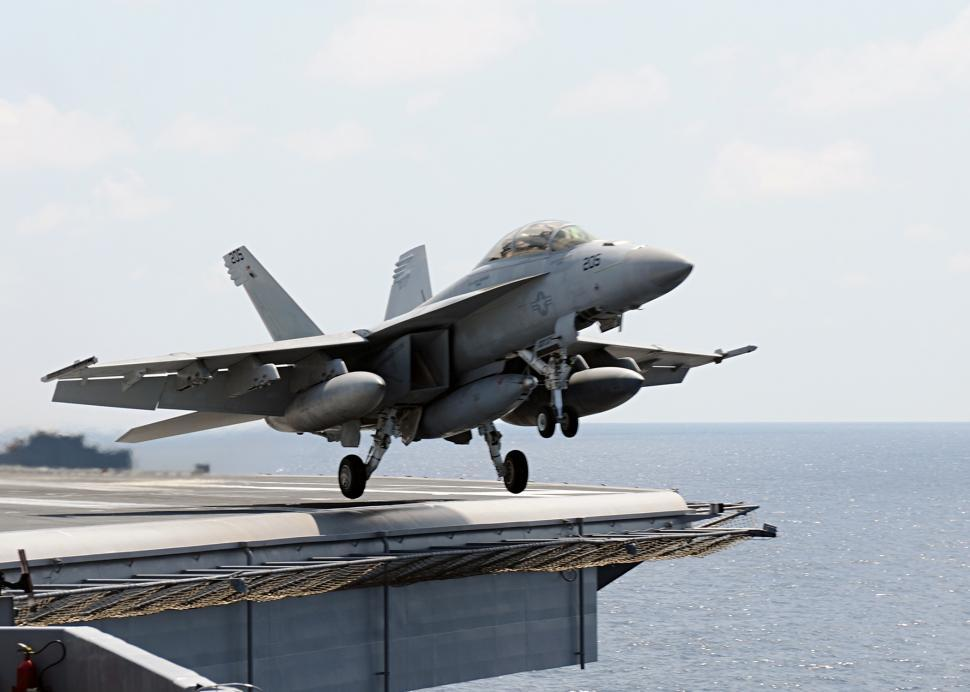
2. A Legendary Career Prior to the Final Mission
Commissioned in 1965 and christened by President John F. Kennedy, the USS America had a legendary career. From Vietnam to Operation Desert Storm, she was an afloat fortress of US power projection for over three decades. Her decks launched innumerable sorties, her hull weathered wartime stress, and her crew had an unbroken tradition of service until she was retired in 1996. Proposals were considered to convert her into a museum, as with other celebrated carriers, but destiny had a more experimental objective in store.
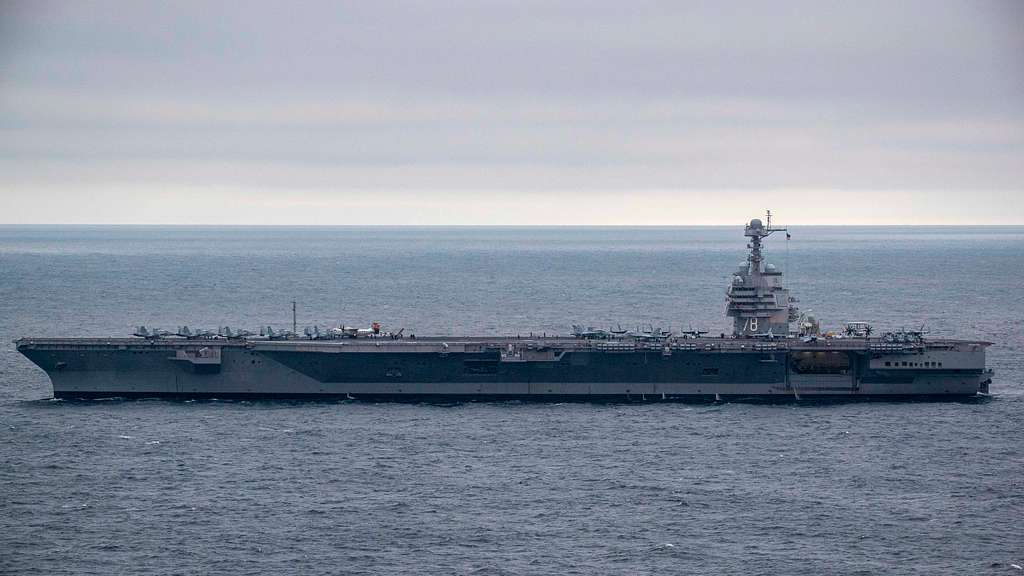
3. Selected for Sacrifice
Rather than being preserved intact for public memory, the Navy dedicated the USS America to a mission of a different sort as a testbed for trying out survivability tests of the next generation of carriers. For over 25 days at sea, she endured controlled blasts, missile strikes, and deliberate flooding all deliberate measures to push her limits. The tests were not a destruction exercise for its own sake but an investment in knowledge. Data gathered under these trials would later find its way into the design of the CVN-78 Gerald R. Ford-class, the next generation American supercarrier.
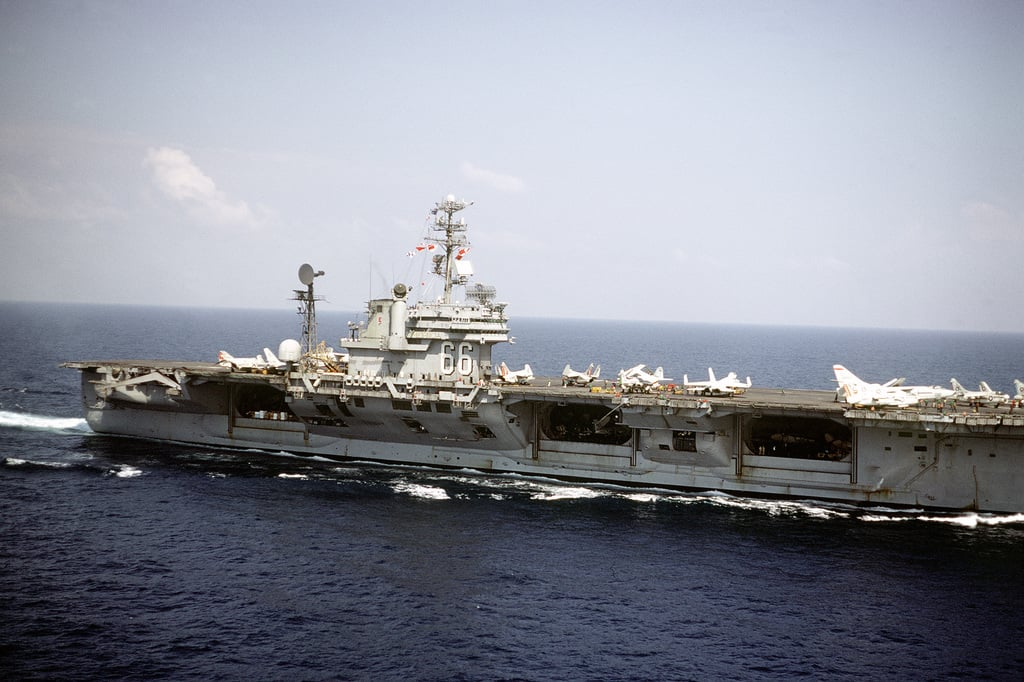
4. The Test That Wouldn’t End Easily
It is no easy task to sink a ship of this magnitude. Weighing more than 80,000 tons and built with a double hull designed to withstand immense punishment, the USS America resisted the sea’s hold for weeks. Controlled detonations exploded inside her compartments and relentless pounding from live-fire exercises were met with incredible stamina. “It went down in one piece, by the bow,” recalled Thomas Trujillo of the America Carrier Veterans Association. Engineers were ultimately compelled to scuttle her from within after four agonizing weeks of testing.
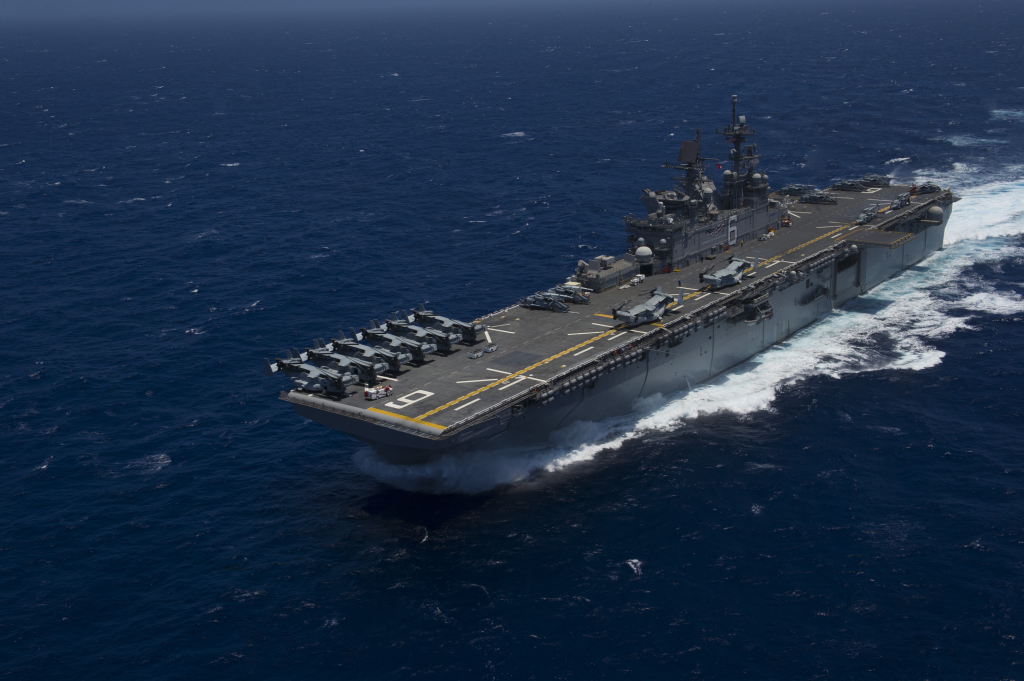
5. Where the Giant Now Rests
Following her ordeal, the USS America rested approximately 266 miles southeast of the Outer Banks, a hidden resting spot that was not uncovered until discovered by a Freedom of Information Act request. There, submerged under the Atlantic, she takes on a new mission as a silent sentry and artificial reef, and as a reflection of the Navy’s commitment to readying its fleet for the challenges of tomorrow. Her submerged presence continues to mean something in naval lore, a reminder of the fine line between preservation and transformation.
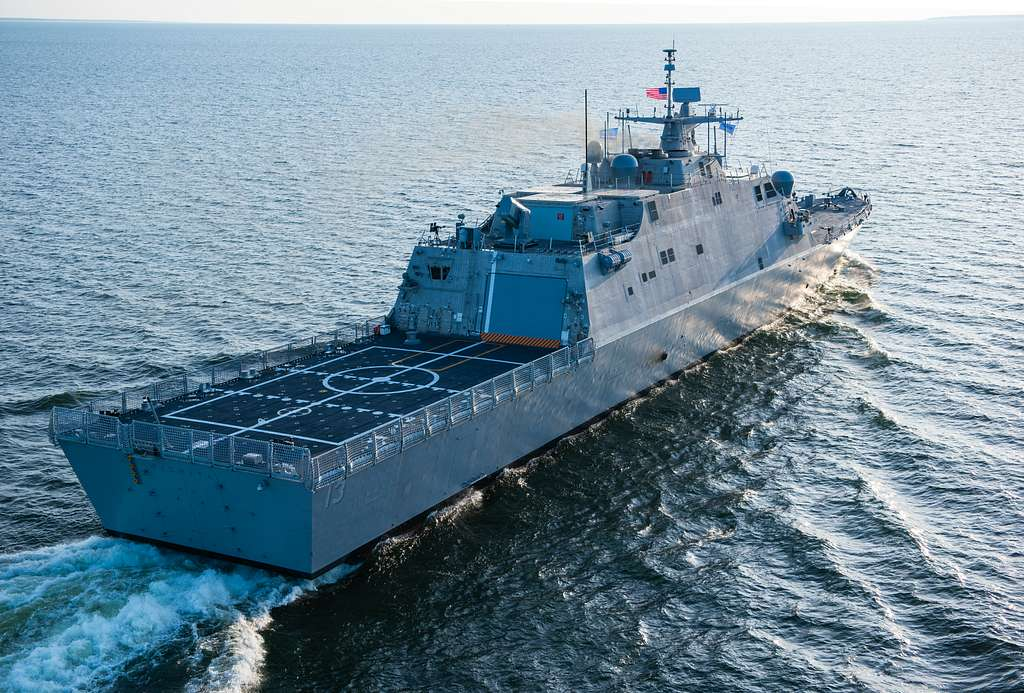
6. Lessons Etched in Steel
The knowledge acquired through the sacrifice of the USS America proved invaluable. Tests confirmed that missiles needed to penetrate to considerable depth into multiple compartments to cause deadly damage, a fact which corroborated layered defense and better internal compartmentalization in future ships. The Gerald R. Ford-class carriers in service today directly owe such lessons, with enhanced survivability features inherited from the perseverance of America.
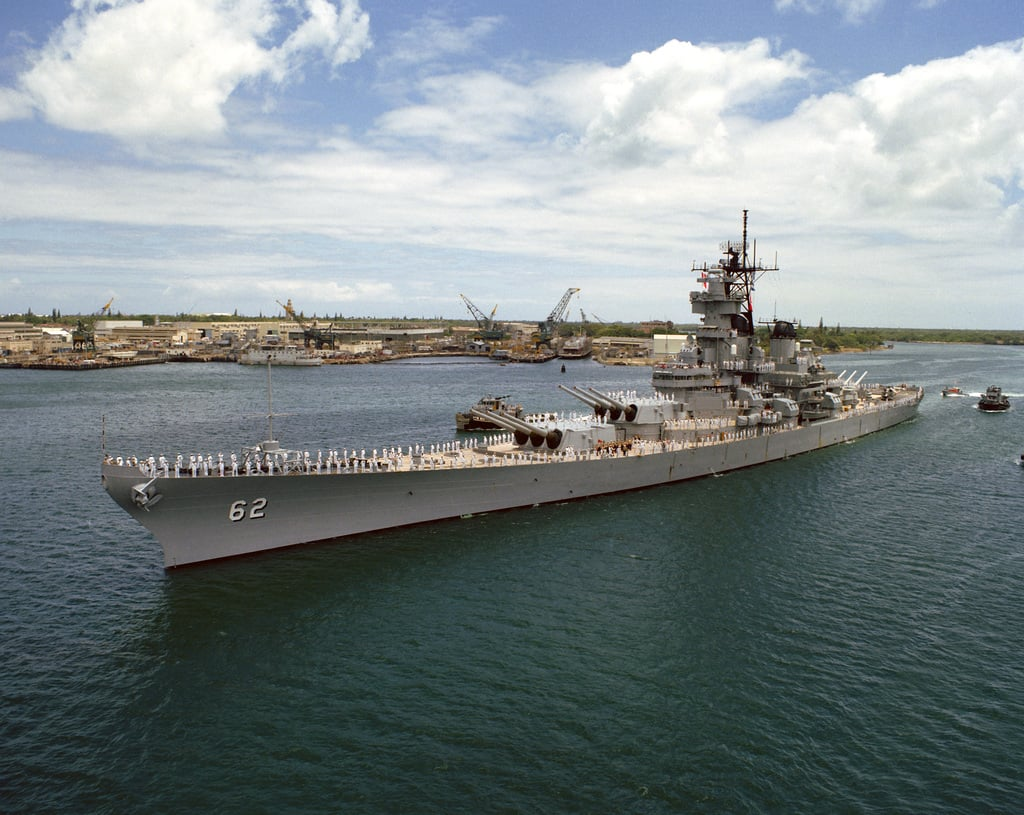
7. A Record and a Legacy
The USS America holds the record for the largest warship ever deliberately sunk a fact that both attests to her size and the sheer amount of effort required to sink her to the bottom. For the veterans, it was a bittersweet experience it was a farewell to a ship that had accepted them in peace and in war. But as then-Vice Chief of Naval Operations Adm. John Nathman once described it, “America will make one final and vital contribution to our national defense, this time as a live-fire test and evaluation platform.”
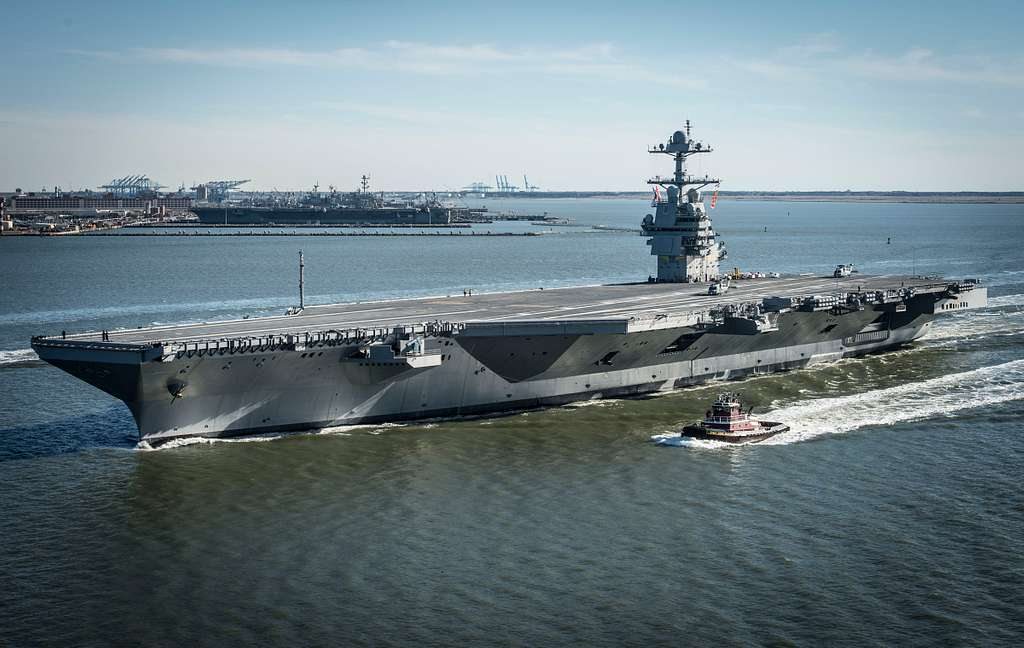
8. More Than an Ending
Very far from being a lost relic, the story of the USS America came to be a cornerstone for a new era of naval power. Her demise ensured that future navies of sailors would have served on ships constructed with more security, having been learned from experience and not theory of design. Her final mission therefore was not one of destruction but of transformation a legacy born out of the depths to last forever.
